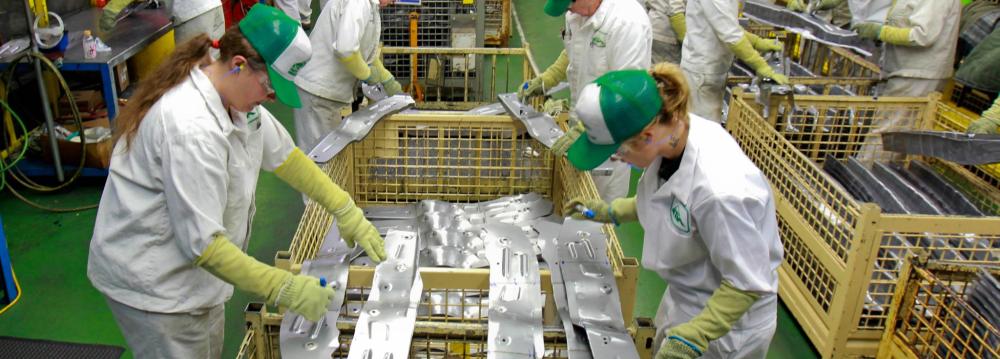There can be few problems that are so important and yet command so little consensus about their source and solution as the general slide in productivity growth across the world’s economies.
The Conference Board, a research organization based in New York, said last week that labor productivity as measured by output per hour was likely to fall in the US for the first time in more than three decades. America is not alone; across the developed world and, more recently, the emerging markets, productivity has been slowing for a decade or more, FT online reported.
The implications are stark. A weak expansion in productivity will only put more downward pressure on real wage growth, which has already been anemic in many advanced economies. To the extent that stagnant real wages feed economic populism, it will endanger political stability and a respect for liberal values even in established democracies. It will also threaten the solvency of pension schemes, which rely on future tax revenues and profits.
Yet while most economists concur that slowing productivity is one of the most serious problems in their field today, there is little agreement on the cause and still less on the right response. Only one thing seems obvious: the productivity slowdown has hit such disparate economies that a single global solution is unlikely to have much effect. Policymakers must experiment and be eclectic in their response.
Seeking Solution
Sometimes, there is a common international problem that has a clear solution, even if it has to be applied country-by-country. Inflation in many countries was out of control in the late 1970s and early 1980s; it needed tighter monetary policy to drive it out of the system. Advanced economies exited the early 1990s recession with large structural deficits; judicious efforts to reduce those deficits were appropriate.
But weak productivity is not one of those. For example, the theory that regulations are stifling innovation seems odd given that the slowdown has affected relatively liberalized economies like the US as well as more regulated economies in Europe and the emerging markets. A wholesale tossing-out of protections for workers and rules on health and safety seems unlikely to jump-start global growth.
It is possible, though, to look at the weakness of each economy, or type thereof, and come up with particular solutions. In mature economies with weak investment, such as the US, UK or Germany, very low long-term interest rates justify increased public spending on infrastructure both to boost demand directly and productive capacity.
In some advanced economies, such as Italy, where there is less scope to go on a borrowing spree, obvious gains are to be made in microeconomic improvements such as reforming the sclerotic judiciary, an important part of Prime Minister Matteo Renzi’s plans.
And in many emerging markets, there are gains to be made from more traditional deregulatory reform, together with switching money from wasteful subsidies on fuel or other goods to education and training.
The productivity slowdown is far from being a clear-cut problem with obvious solutions. Indeed, some suggest the real picture is better than official data show, because they under-record gross domestic product in service-based economies where output is harder to measure.
Yet there are problems in individual countries, or groups of them, that seem clear enough to make suggestions about changes in policy. The inability of modern economies to generate more from the same labor supply may not be a fast-moving crisis but it is a problem that needs urgent and sustained attention.


